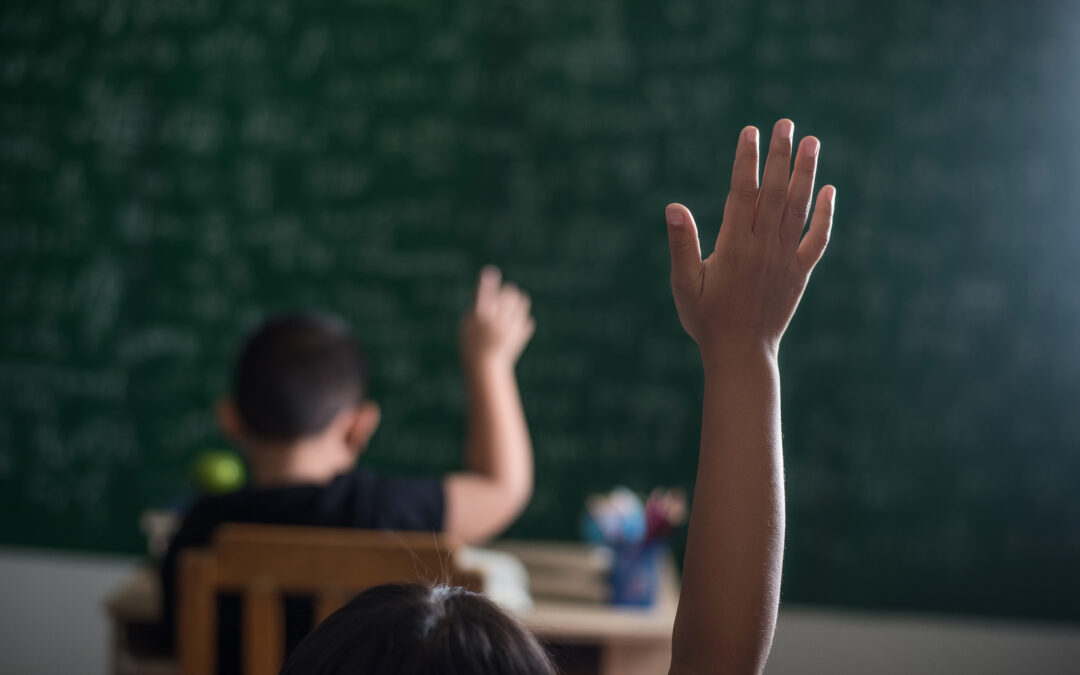This column was originally published in The Salem News on April 1, 2021.
“Sticks and stones may break my bones, but names will never hurt me.” It’s a familiar phrase once offered as an unfortunate playground defense to resolve social conflict. This statement’s inaccuracy is even more apparent now, given our polarized society combined with social media’s reach. When we have 24/7 access to destroy a reputation or respond impulsively, empathy is crucial. Nowhere is this more critical than in our schools.
Empathy encourages us to search through our experiences, no matter how different, to come to a place where we may find that similar emotion in our hearts. Grounded in kindred feelings, empathy doesn’t require mirrored experience. Rather, it requires perspective, accessed through a combination of mirrors and windows. We must provide both for students.
A return to in-person schooling amid the pandemic requires a relationship-first approach; anything less is reckless. But that commitment must stem from the top. The onus falls on administrators to create a supportive environment for teachers and students.
Given its weight, we should be developing, practicing and reflecting on social emotional learning, or SEL, daily. The earlier we integrate a skill, the sooner we own it. SEL improves the human experience, empowers compassionate leadership and shapes our world for the better. What skills should be more important when teaching students? In my research, I have read many opinions that suggest we are watering down the U.S. educational system when we prioritize social-emotional learning. This assertion misses the forest for the trees. Today, with increased pressure to address learning loss, we must work even harder to protect SEL from the squeeze. After all, a loss of connectedness is most profound.
Mounting data points to the efficacy of ongoing, high-quality, evidence-based SEL. Beyond direct instruction, we should also look for relevant opportunities to embed practice across the curriculum and throughout the school day. Consistency requires creative thinking about routines and programs. Teachers, by nature, are often our best resources when it comes to innovative thinking. When we support our teachers and provide relevant SEL professional development, we expand that creative catalog, resulting in a ripple effect.
Consider this: When a teacher mentors their students to approach the arts through authentic perspectives, the shared experience naturally lends itself to empathic practice. Writing, studio art, drama, and music inspire thoughtful and creative communications within the school community. Through well-balanced teaching, each craft brings unique openings for personal growth, awareness, and inclusion.
Art is expressive, an opportunity to share, feel, and try on emotion. Art is perspective, a chance to see the world through varied presentations. Art is exposure, an opportunity to endure vulnerability. The ripple effect blurs the line between art and SEL.
I recently watched a documentary on the history of “Fiddler on the Roof.” At one point, they interviewed high school actors in student renditions of this production. One young woman poignantly captured the power of art as a tool for developing empathy. A Black girl raised a Christian; here, she played a white girl from a strict Jewish community. Instead of seeing differences as obstacles, she embraced the role and found ways to connect with the character on a deeper level. She described how this character became a part of her through this experience, one she carries with her through today.
While compelling, this example is also accessible. But only when we recognize the value of social-emotional learning. And only if we advocate for funds to support these efforts. Unfortunately, both SEL and art programs are most often first-round cuts in a fiscal crunch.
Social-emotional skills, including empathy, cultivate connectedness. The quality of those connections is a reliable indicator of improved health outcomes. When we are healthy, we are available to engage with and contribute to our communities. Dismissing social and emotional well-being diminishes overall health and quality of life.
As teachers and students return to school, these must be our top priorities: To put the person before the employee. To put the learner before the learning. And to put relationships before academics. Consistent SEL provided in concert with support for teachers, and ongoing, relevant practice reflects our commitment to educating the whole child, understanding that to do anything less is to sacrifice their best.

